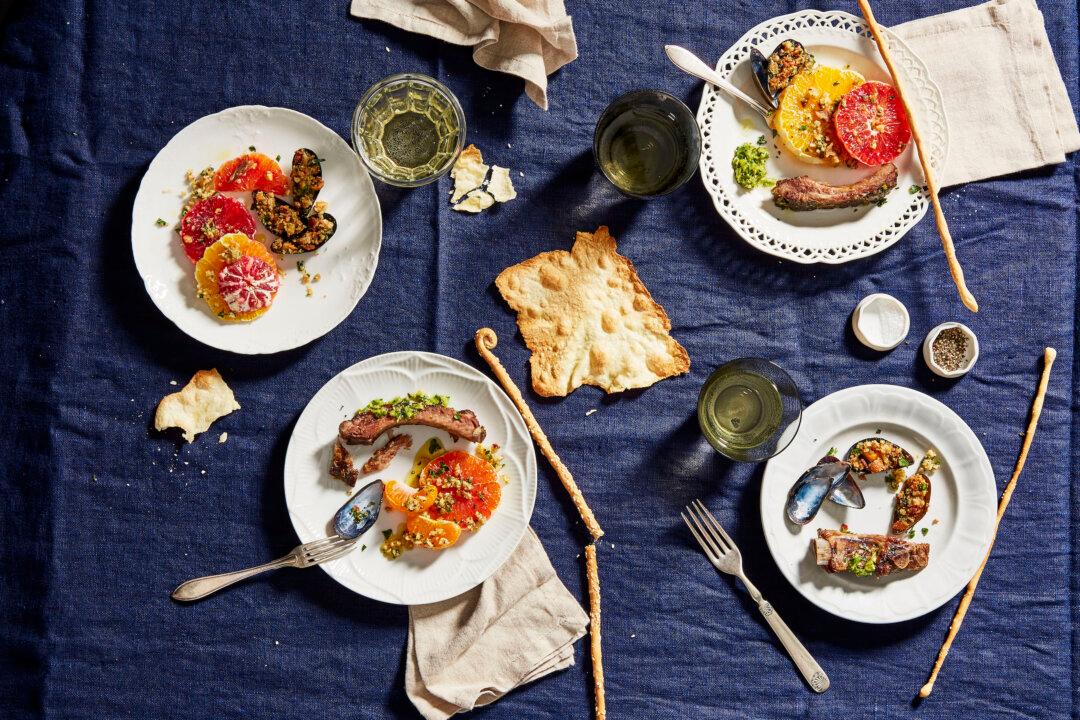In Italy, antipasto is the prelude to a feast. It can also be one in and of itself.
Meaning “before the meal,” the traditional Italian first course is a generous spread meant to welcome guests, stave off their hunger, and kick-start both appetites and conversation. They’re finger-friendly starters, often pulled from pantry staples and based on seasonal and regional specialties.






